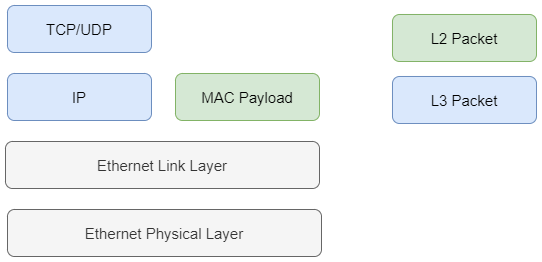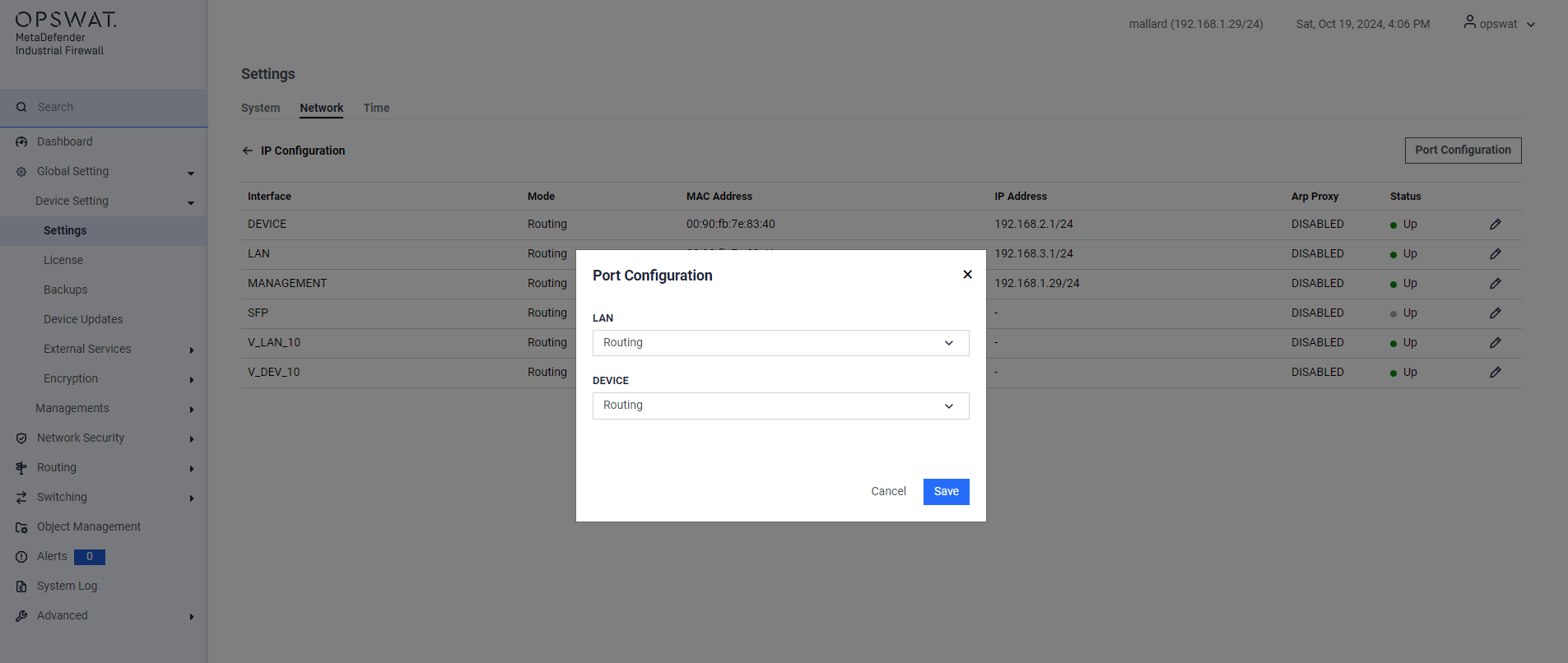Transparent Mode and Bridge (a feature in Routing Mode) are often sources of confusion for users. This guide explains the differences and provides practical use cases for each mode.
L2 and L3 Packets

L2 Packets: Operate at Layer 2 (Data Link Layer) using MAC addresses (GOOSE, SV…) for communication within the same local network.
L3 Packets: Operate at Layer 3 (Network Layer) using IP addresses (Modbus, S7…) for communication.
Transparent Mode: Supports DPI for both L2 and L3 packets.
Bridge: Supports DPI only for L3 packets.
User Cases
Transparent Mode

Applicable only to LAN and DEVICE interfaces.
The Industrial Firewall is placed inline between the network source (e.g., HDMI) and protected assets (e.g., PLC, RTU).
Both LAN and DEVICE interfaces must use the same subnet.
Bridge

Requires Routing Mode for LAN and DEVICE interfaces.
Supports bridging for LAN, DEVICE, and SFP interfaces.
Use Case 1:
- LAN, DEVICE, and SFP interfaces are configured in the same subnet.
- A bridge is created to connect all devices seamlessly.
Use Case 2:
- LAN and DEVICE are in the subnet
192.168.1.x. - SFP is in a different subnet, such as
10.10.10.x. - A bridge is created between LAN and DEVICE, allowing traffic to be routed between this bridge and the SFP subnet.
- LAN and DEVICE are in the subnet

